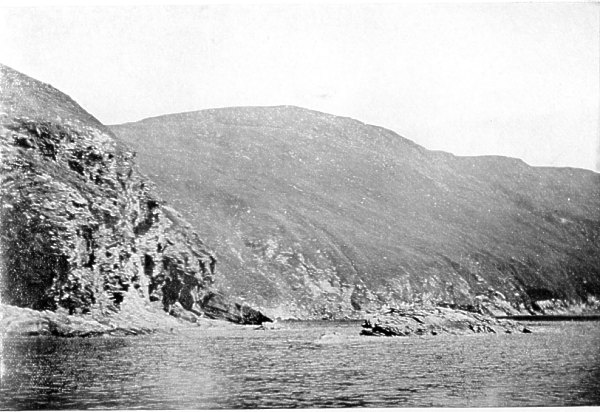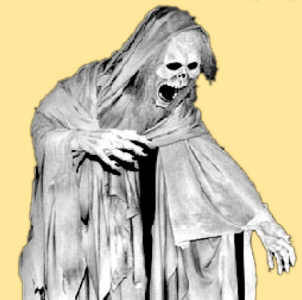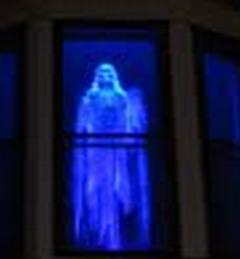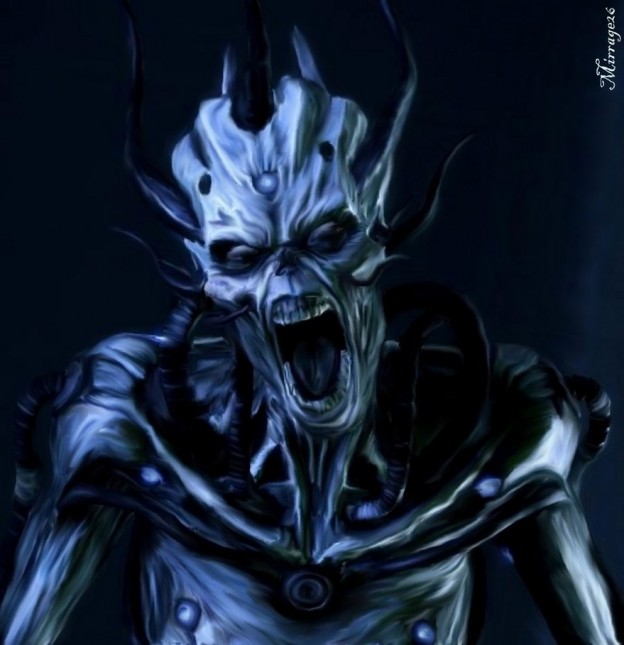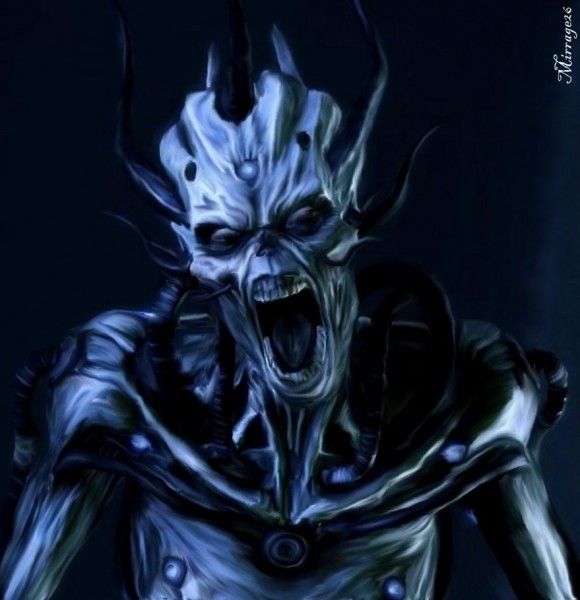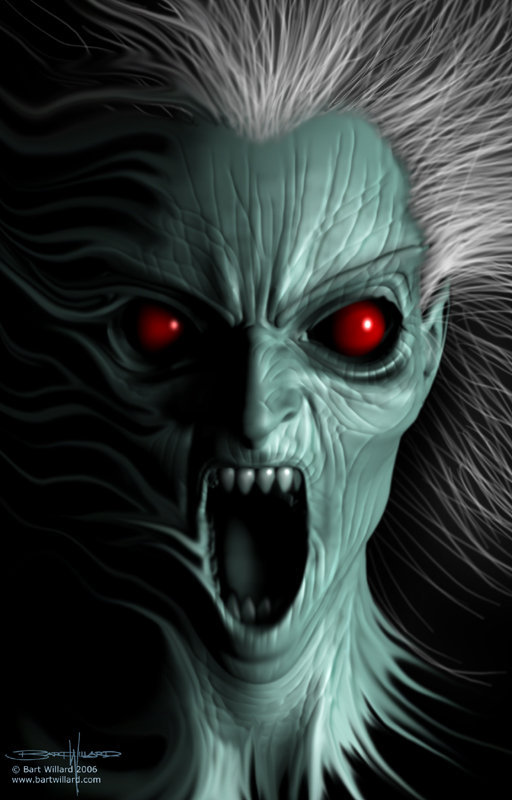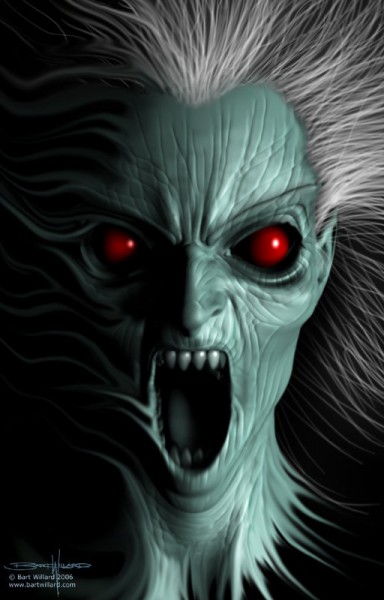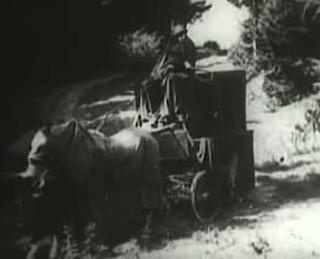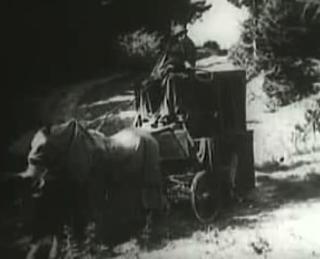In another part of the island I was told the following story by an old inhabitant, who stated that he knew the parties to whom it occurred and that he received the account directly from their lips. Not far from Port Erin, a village on the south-west coast, a mountain called Cronk-ny-Irey-Lhaa, 1449 feet in height, slopes steeply to the sea. On the seaward side a chapel and cemetery are situated, both of which have now fallen into disuse. Some years back, as a fishing party were sailing one night near this spot, they were startled and alarmed by hearing violent and distracting cries as of someone in great distress. This was told to others of their companions on arriving at home. They, with natural curiosity, determined to sail near the same spot, and if possible discover the cause of the sounds. They succeeded in hearing them, but failed to decide their origin. One night, however, one of the party, believing that they were uttered by the perturbed spirit of someone who had died without baptism, shouted in reply, ‘My she lhiannoo mac oo ta mee dy enmys oo Juan; as my she inneen oo ta mee dy enmys oo Junay.’ (‘If thou art a boy child, I name thee John; if thou art a girl, I name thee Judith.’) The cries were never heard again. Lang, Taylor, Martin 186-187
